| |
| CLICK HERE FOR INDEX PAGE |
| |
| THE HISTORY OF CLOCKS - 1 |
| V. Ryan © 2007-2021 |
| |
| The Egyptian sun clock used the motion of the sun from
morning to night to cast a shadow on a scale. this was first used about
four thousand years ago. |
| |
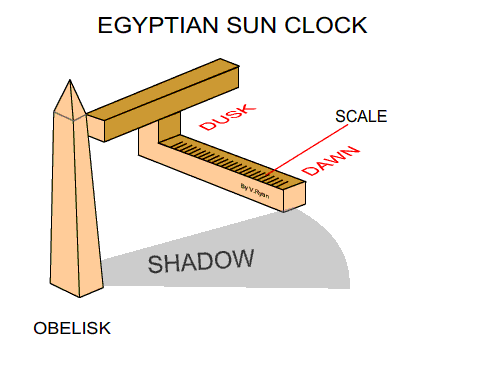 |
| |
|
|
| |
| The Egyptians had plenty of sand in their hot and dry
lands. It should be no surprise that they also developed the use of sand
as a method of timing. This hour glass works on the principle that gravity
causes the grains of sand to flow through a small neck in the glass
container. |
| |
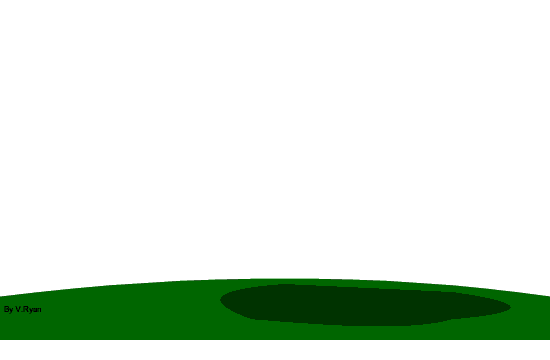 |
| |
|
|
| |
| The Egyptians also used water from the Nile as a method
of timing. The bowl had a small hole in it and as it filled with water a
scale could be read, indicating time. |
| |
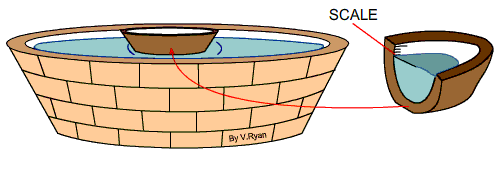 |
| |
| Sun dials have been used in Europe for centuries. This
example is typical of many. As the sun moves during the day it casts a
shadow. The shadow falls on a scale carved into the stone base. This
indicates the time. The big disadvantage in Europe is that the sun does
not always shine. |
| |
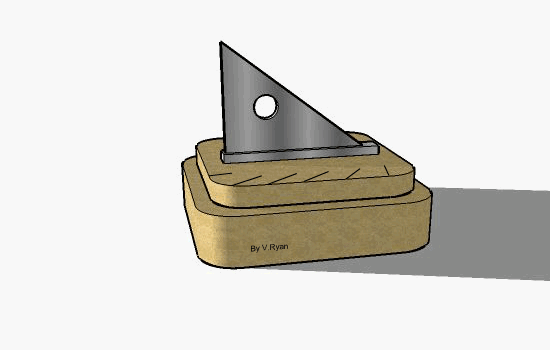 |
| |
|
|
| |
| Another example of a sun dial is seen below. This is
typical of those found in England five hundred years ago. |
| |
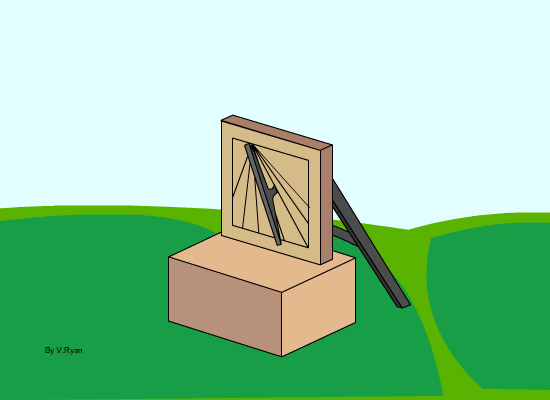 |
| |
| The Chinese used the sun as a method of telling the
time. The type shown below is based on sundial found in the Forbidden City
in Beijing. it dates back at least one thousand years. |
| |
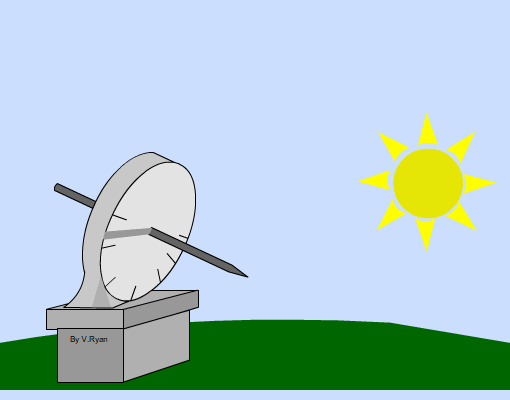 |
| |
| The example shown below is a sophisticated water clock
developed by Su-Sung in China. The original clock was cast in bronze and
was an astrological clock, showing the movement of the stars. It took ten
years to manufacture approximately one thousand years ago. this incredible
clock was forty feet in height and weighed tons. The entire mechanism was
driven by a precise flow of water. |
| |
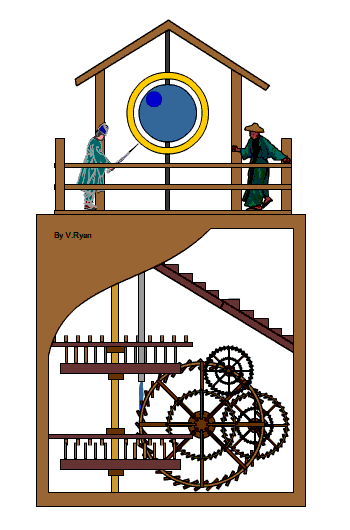 |
| |
| CLICK HERE FOR GRAPHICS INDEX PAGE |
| |
| CLICK
HERE FOR PRODUCT DESIGN INDEX PAGE |
| |













